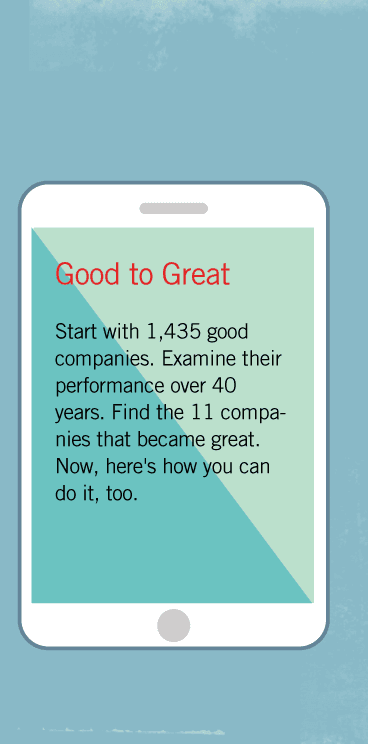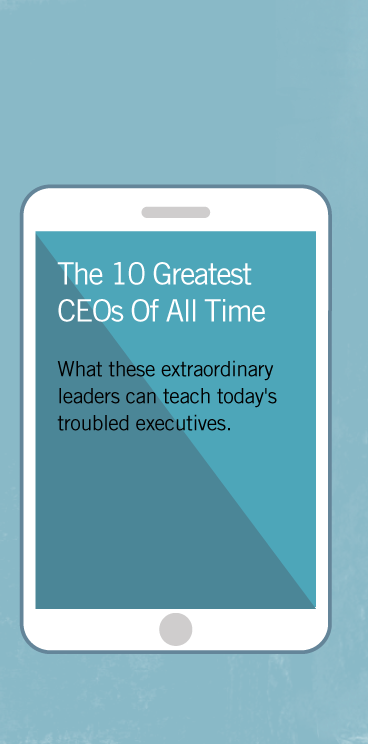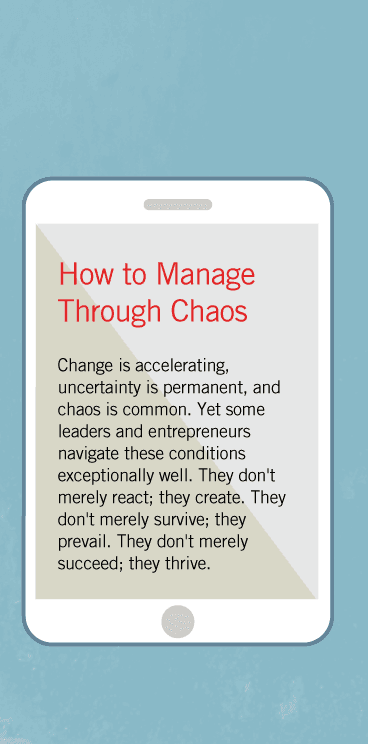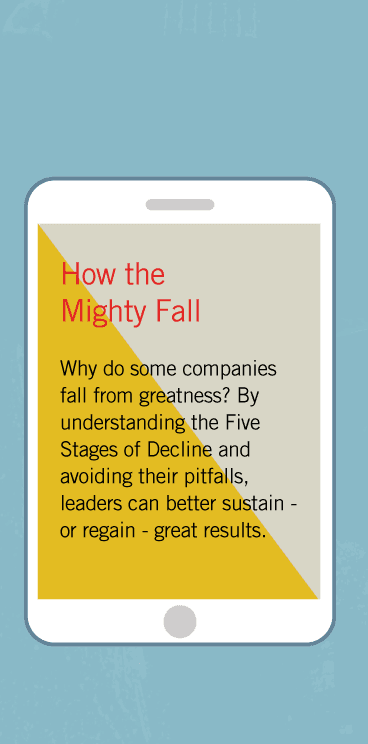Trade Off - Kevin Maney
In 1992, I had my first of many conversations with Kevin Maney. Kevin, then a young technology reporter for USA Today, called me at my office at the Stanford Graduate School of Business to discuss the life-cycles of entrepreneurial companies. Kevin had been working on a story about Apple, and he was trying to make sense of the company’s erratic trajectory. I returned Kevin’s call, and we had an hour-long conversation that began with me pummeling him with questions. What did he see as the challenges for Apple? Why did he think that Apple had underestimated Microsoft? What did he think of Apple trying to make itself into a business computing company? What did he make of the Newton? Kevin impressed me with his prescient view that the passing of time would show Apple’s ouster of Steve Jobs in the mid-1980s to be one of the most colossal blunders in American business history. Keep in mind: this was 1992, with Jobs off in the wilderness, fully five years before Jobs’ triumphant return to Apple.
Kevin Maney stood out to me then—and stands out to me today—as one of the most insightful journalists about the dynamic world of technology, the companies that rise and fall based on those technologies, and the people who seek to change the world through those technologies. Kevin has a peculiar genius for seeing what makes people tick. And it is, after all, people who invent new technologies, build companies, destroy companies, exercise power, act with wisdom and engage in folly. Whether it be conversations with sages like Andy Grove, transformational leaders like Anne Mulcahy, creative entrepreneurs like Bill Gates, or societal figures like Michael Bloomberg, Kevin brings a sort of Vulcan-mind-meld ability to his work; he listens and observes with precision, makes sense of what he has heard, and then finds a way to communicate it to the rest of us with great clarity.
In the two decades he worked as technology columnist for USA Today, he wrote more than 600 columns, plus dozens of feature stories and two books. He held a front-row seat for some of the most significant technology and business stories, sitting right smack in the middle of the boom and bust cycles of the 1990s and 2000s. He covered the rise of the Internet, the Netscape supernova and subsequent browser wars, the near-death and resurrection of Apple, the vice-grip on the personal computer industry enjoyed by Microsoft, the loosening of that vice-grip in recent years, the near-destruction of IBM and its spectacular resurrection, the Googlizing of the world, the creation of AOL and the ill-starred Time Warner deal, the rise and fall and near-collapse of Motorola, the birth of a capitalist computer industry in Russia, the early internet in China, and dozens of other major stories. Throughout, he interviewed key protagonists and extracted meaning from the melee; he not only covered the rapid evolution of technologies, companies and industries, but—most important—he made sense of them as they evolved.
Along the way, he came to a conclusion about the best people he’d covered: They have the courage to make rigorous choices. They don’t delude themselves into thinking they can do everything; so they focus on only what they can do with great distinction.
His conclusion rings true. Without question, the best leaders we’ve studied across our research into what makes great companies displayed tremendous discipline in their decisions. They did not succumb to undisciplined pursuit of growth and short-term success. They did not sway with the political wind—this way and that— and they adhered fanatically to a set of core values. They paid tremendous attention not just to what to do, but equally what not to do.
Building on this idea, Kevin now stands back in this book to synthesize all of his work into a single concept that helps to explain and integrate much of what he’s observed. His concept: that those who have the courage to make rigorous choices between high-fidelity and high-convenience do better than those who make no clear and rigorous choices. A strategic lens—such as the one provided here in Trade-Off—does not in itself give an answer about what you should do, and not do. Rather—and much better—it forces you to engage in a powerful question, from which you derive your own insight and make your own decisions. If you engage your team in a vigorous debate stimulated by the questions that naturally arise from the ideas in these pages, you will gain deeper understanding not just of what you should be doing (or not) but, even more important, why. The power of a strategic concept lies first and foremost in giving us a lens and a stimulus for hard thinking and hard choices. The critical question is not its universal truth, but its usefulness. And in this, I believe Kevin Maney has extracted a very useful framework.
As Kevin was finishing up the manuscript for this book, I took him on a rock climb up the First Flatiron, a one thousand foot sandstone slab that looms above my home in Boulder, Colorado. Not a climber, Kevin found the experience exhilarating and exhausting (“I feel like I’ve been in a car wreck” he wrote the next day). After terrifying him for a few hours, we reached the top and we began a leisurely amble toward home, full of animated conversation about this new book.
He launched into an impassioned discussion about the desperate need for disciplined trade-offs. If business leaders fail to make choices—fanatical, obsessive, focused, disciplined choices—to build for the long-term, and succumb instead to grasping as much as they can in the short term, they will build mediocre companies. If political leaders fail to make hard choices—about what works, what doesn’t, and what we can sustainably afford—they will propel their nations into historical mediocrity. If schools fail to focus on what delivers education results, if healthcare systems fail to make choices that improve patient outcomes, if churches fail to distinguish between congregation growth and spiritual growth, if non-profits succumb to mission creep, then we’ll have mediocre social sectors and a mediocre society. If our young people fail to understand that they have to make choices, and live with the consequences of those choices, they will become mediocre adults.
“So, I take it that your concept applies to individual people, their lives and careers?” I asked.
“Yes,” he replied. “You’ve got to make trade-offs to become distinctive, rather than merely employable. You’ve got to find a way to turn yourself from just another person that can be hired, one of many that could do a given job.”
We talked about how most people settle for a good life rather than a great life, because they fail to make the disciplined choices. Kevin remarked that he referenced a good-to-great idea, the Hedgehog Concept, in his final chapter precisely to make this point. To have a personal hedgehog concept means that you have constructed a path that meets three tests (the intersection of three circles): 1) passion (you adhere to your core values and do what you love to do); 2) genetic encoding (you do what you are genetically encoded for, activities you are made to do exceptionally well); 3) valuable contribution (you engage in work that makes a contribution of economic and social value, that gives you an economic engine for life). Kevin’s concept of fidelity (being something special and hard-to-get) versus convenience (being easily-accessible, even at the expense of lower quality) means carving an idiosyncratic path that is uniquely tailored to you. Better to be valuable and unique than to be valuable and just like a bunch of other people.
And that’s what Kevin Maney himself has done. Instead of defining himself as “columnist at USA Today” he has struck out on his own, to carve his own idiosyncratic path, defined by his own unique three circles. He has made the trade-off between a traditional path, defined by a traditional job, and the creative path, self-defined by his work. His job description: Kevin Maney. He is one of those rare people who has not only found his three circles, but has made the choices to live them.
Jim Collins
Boulder, Colorado
June, 2009






